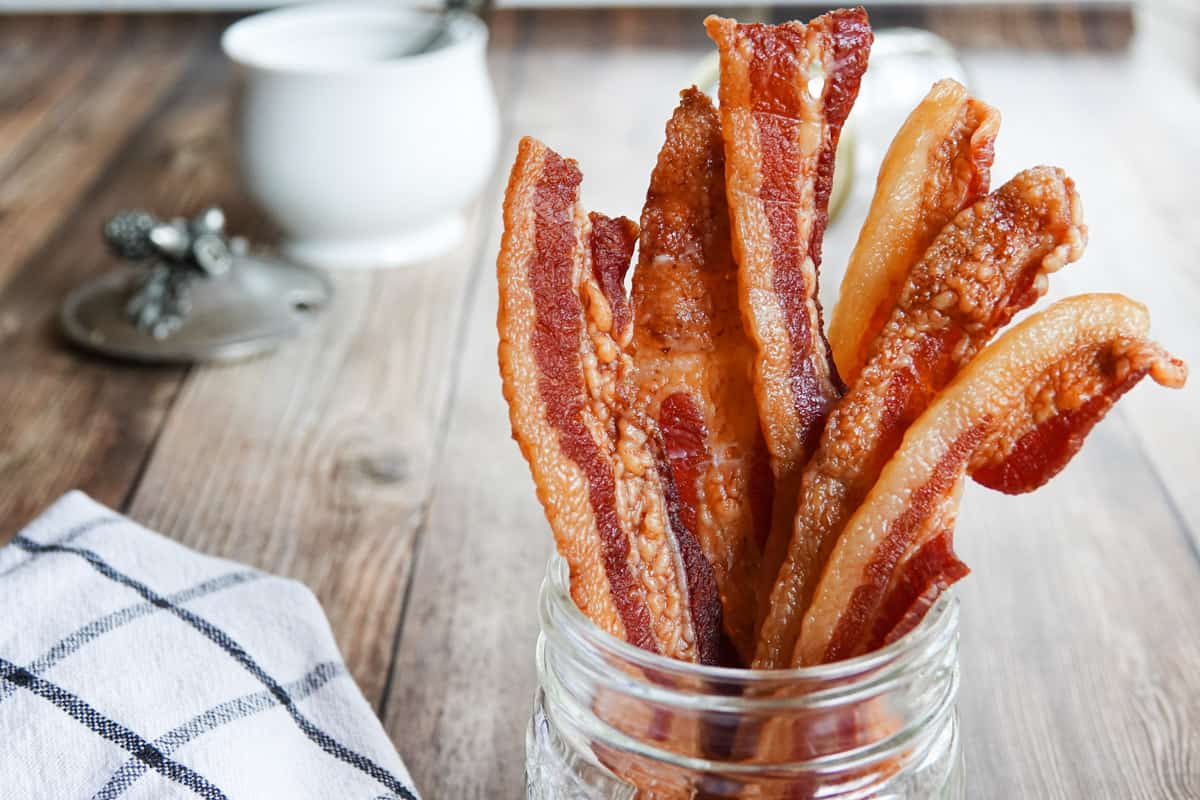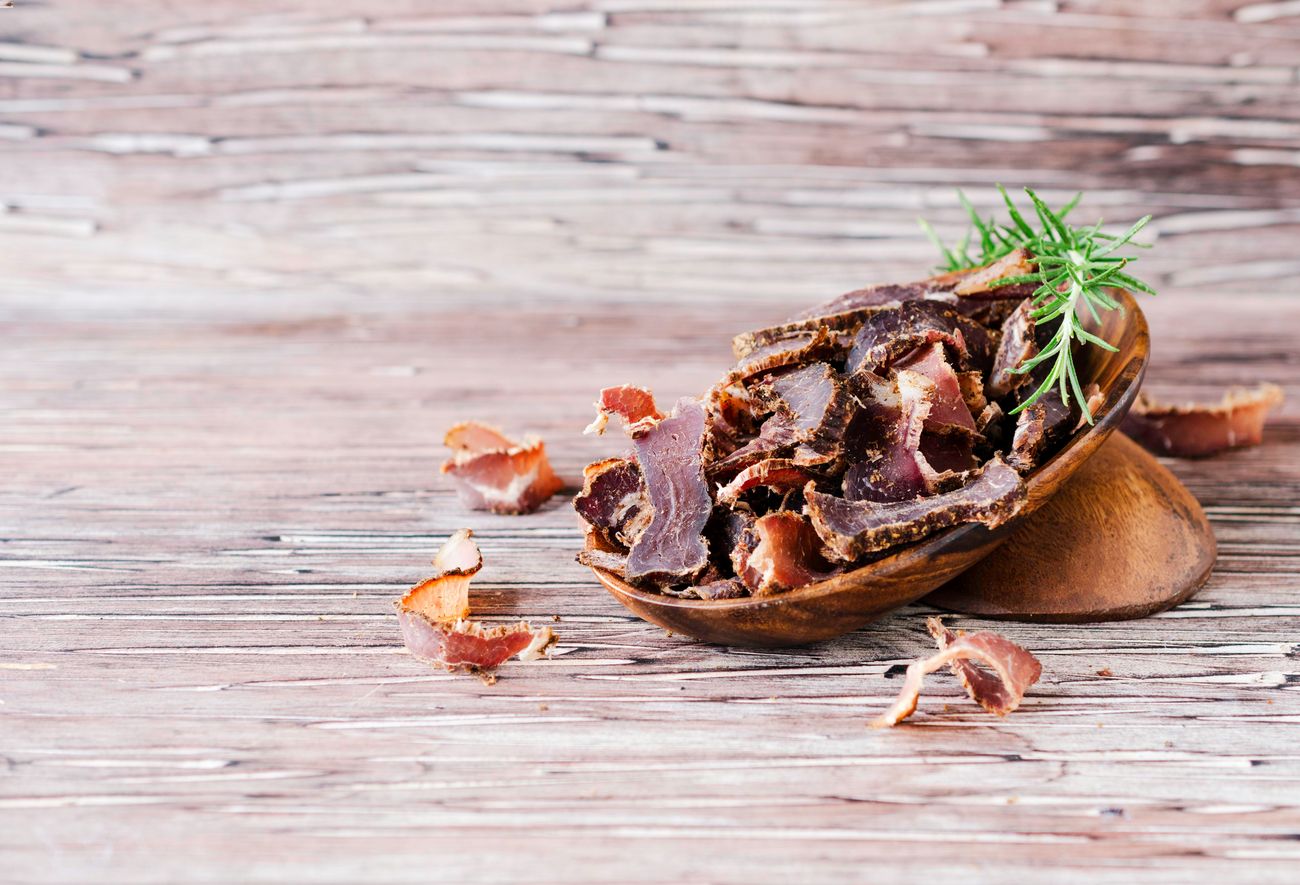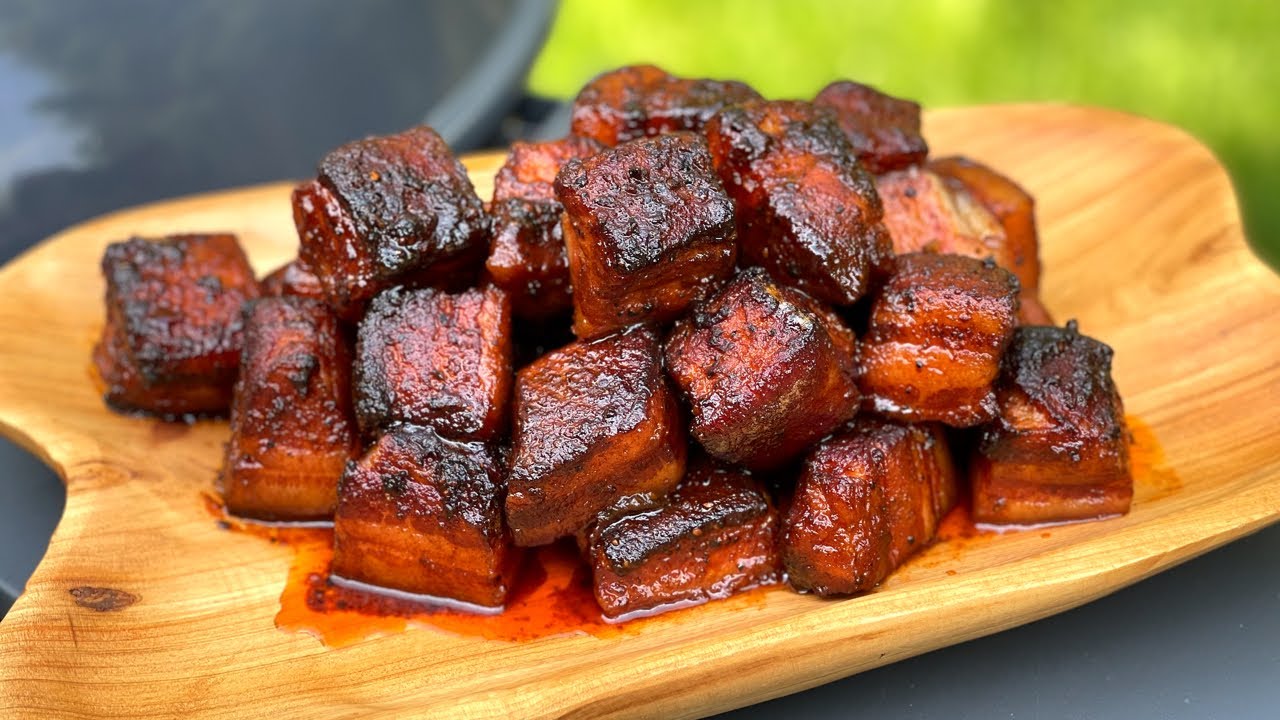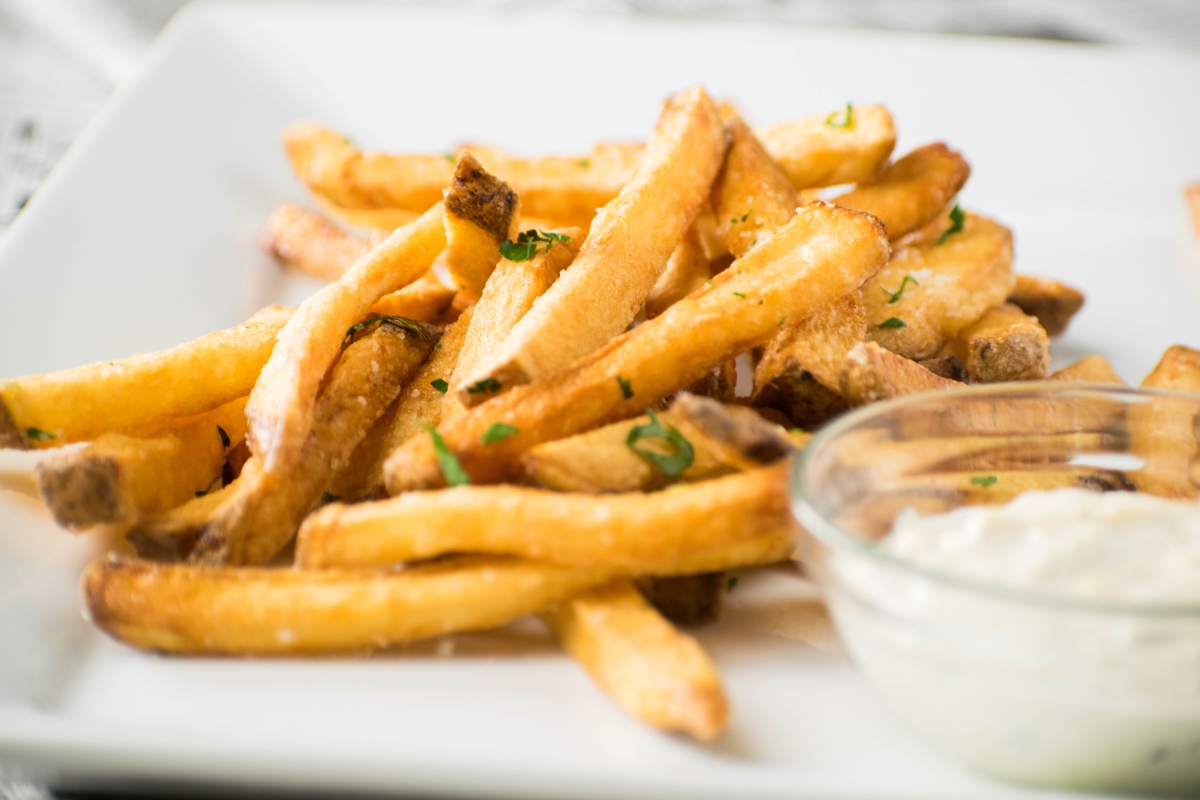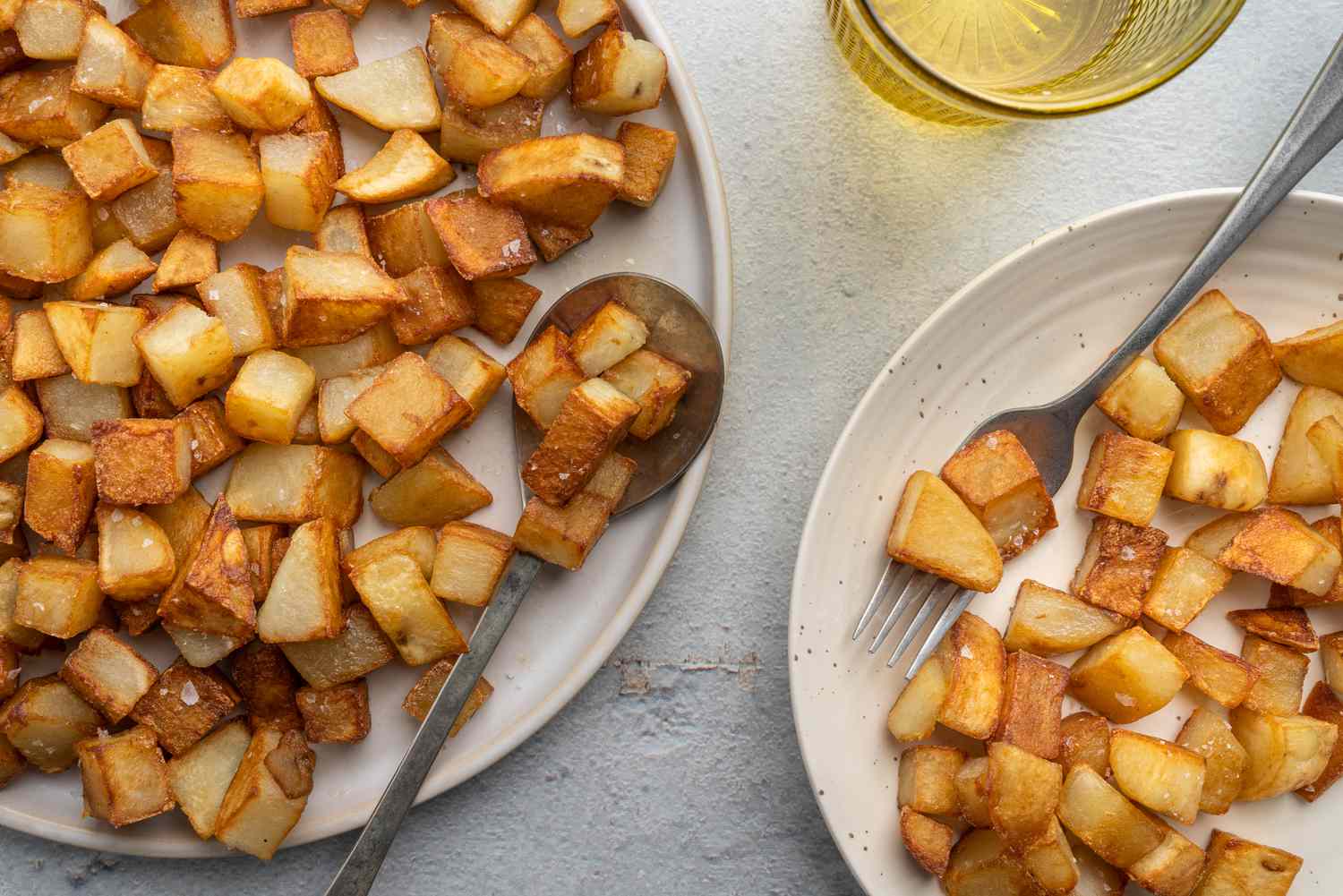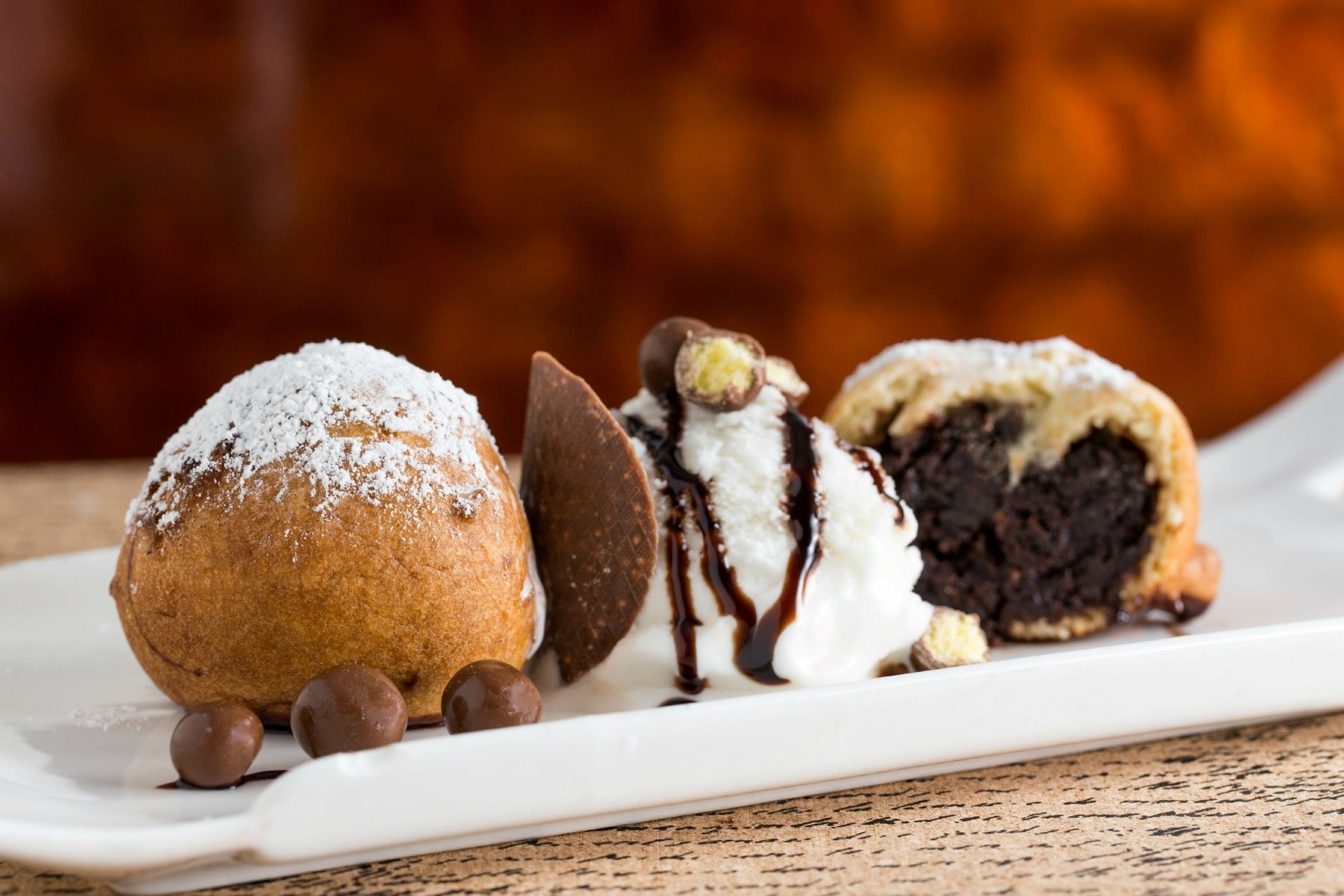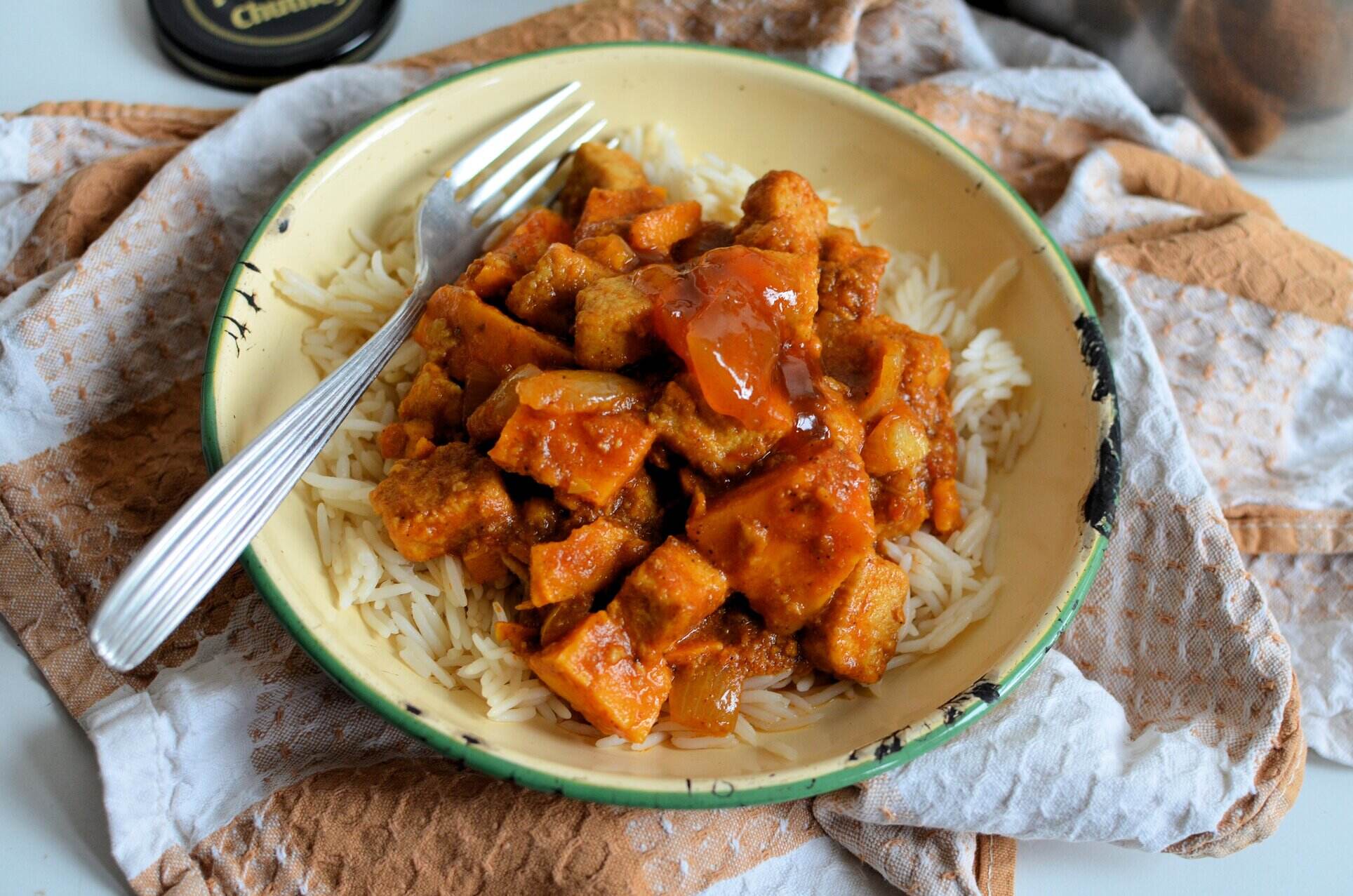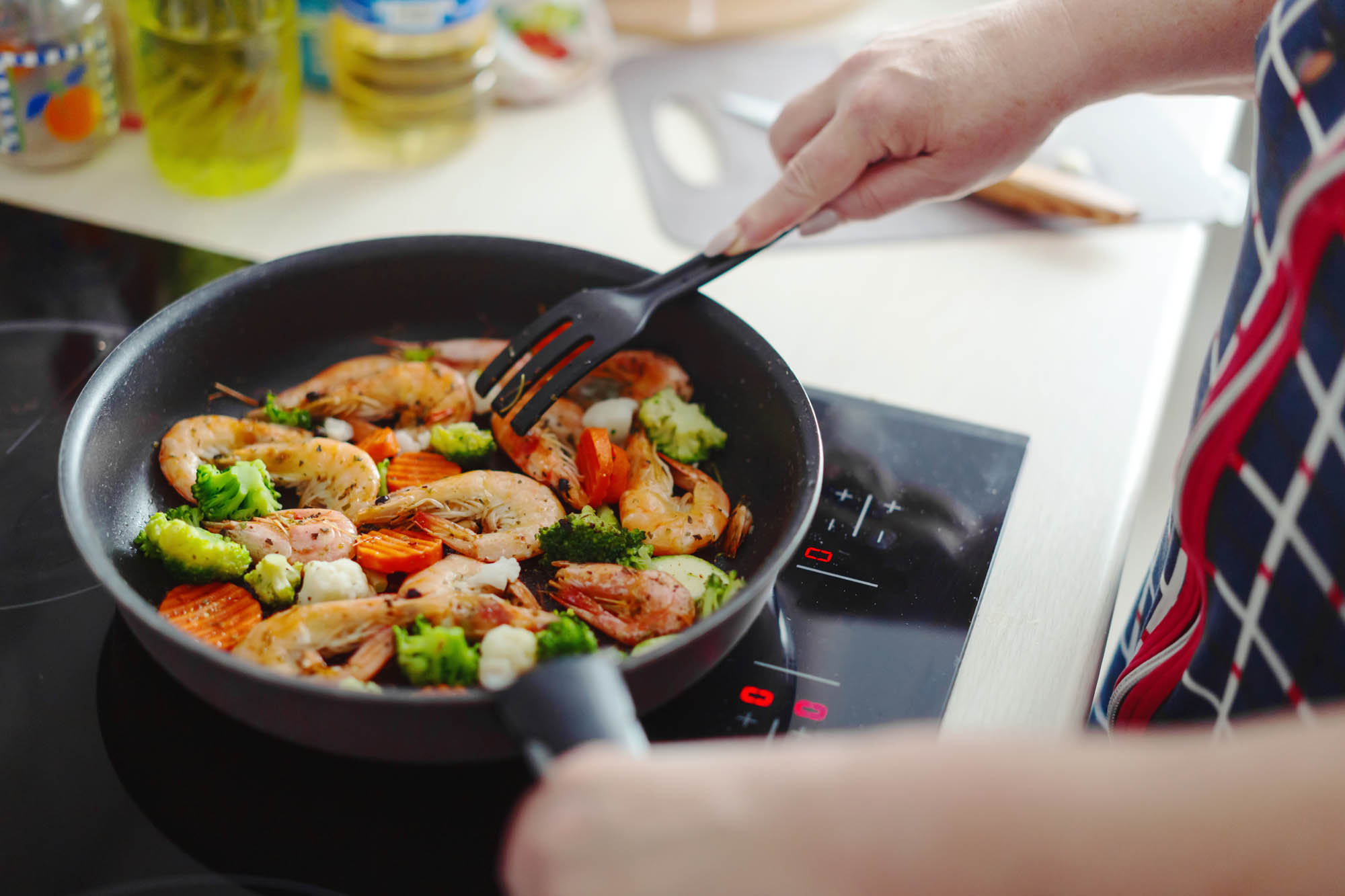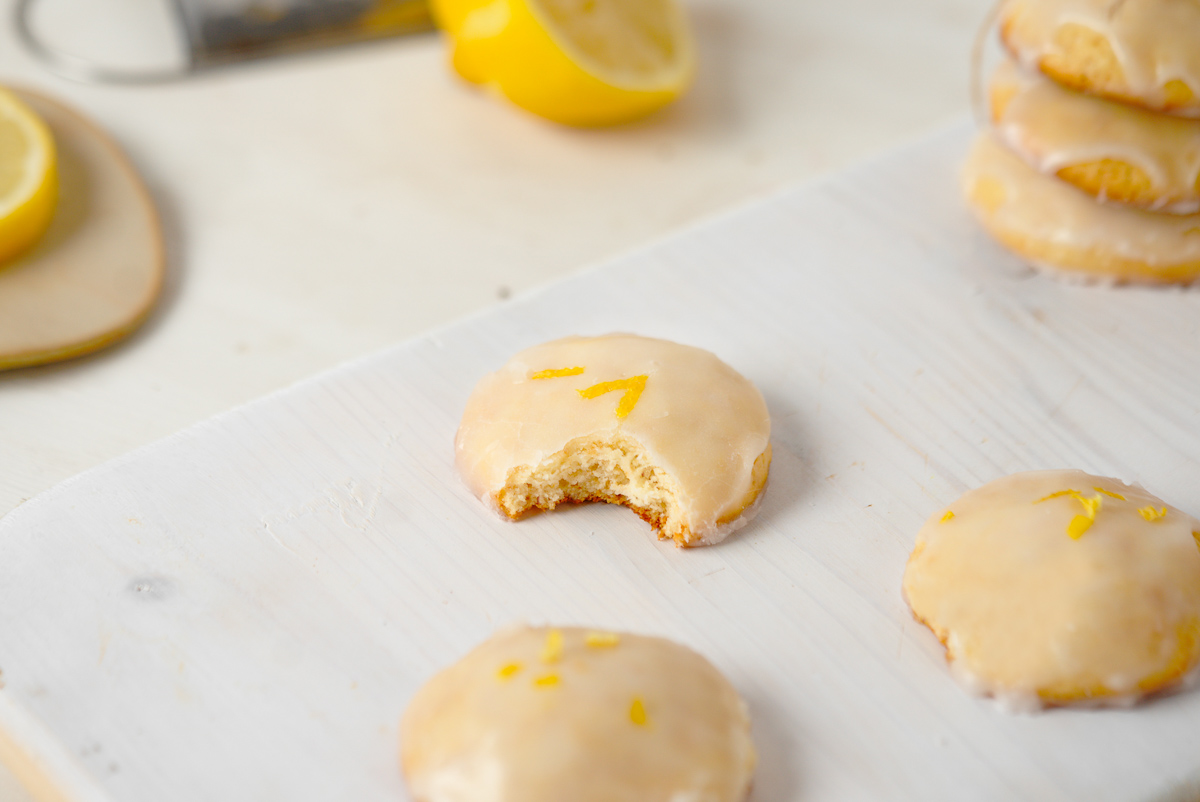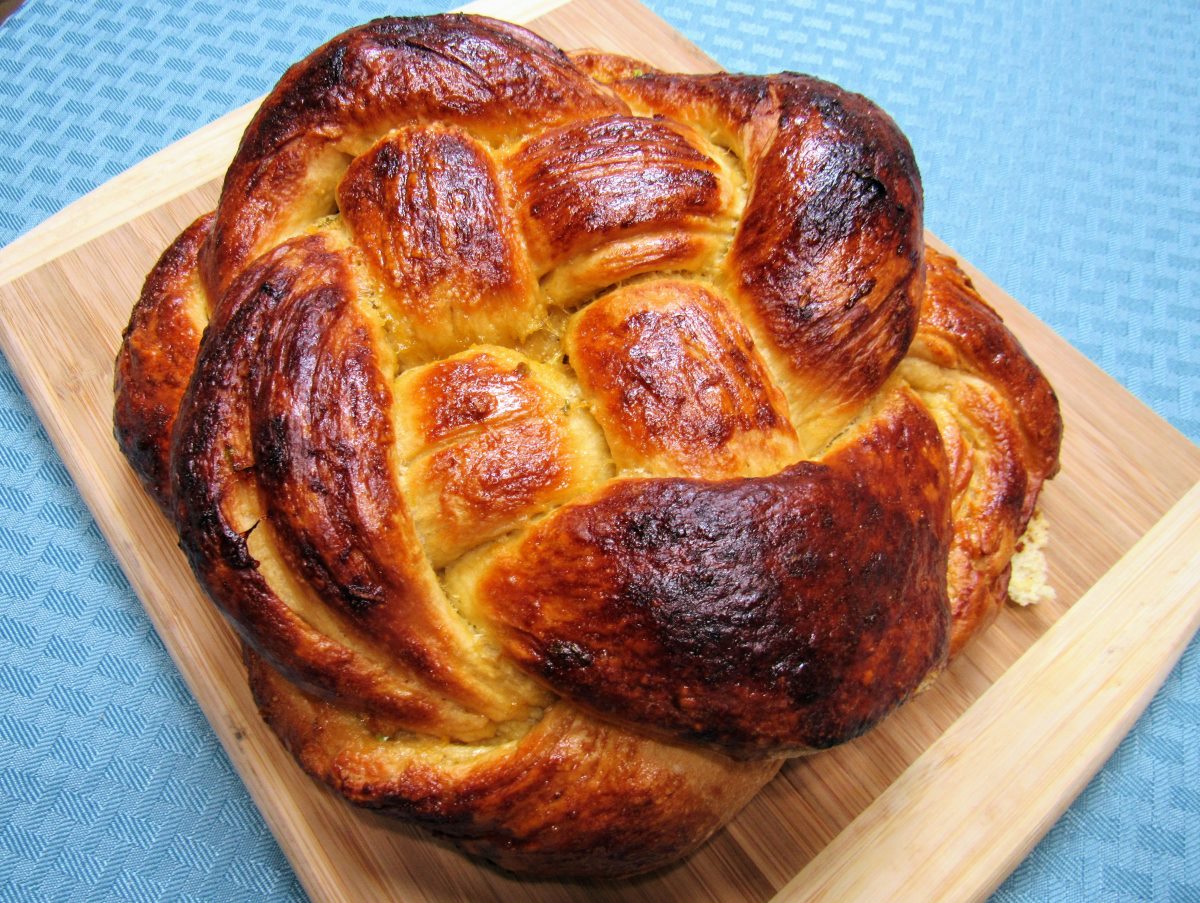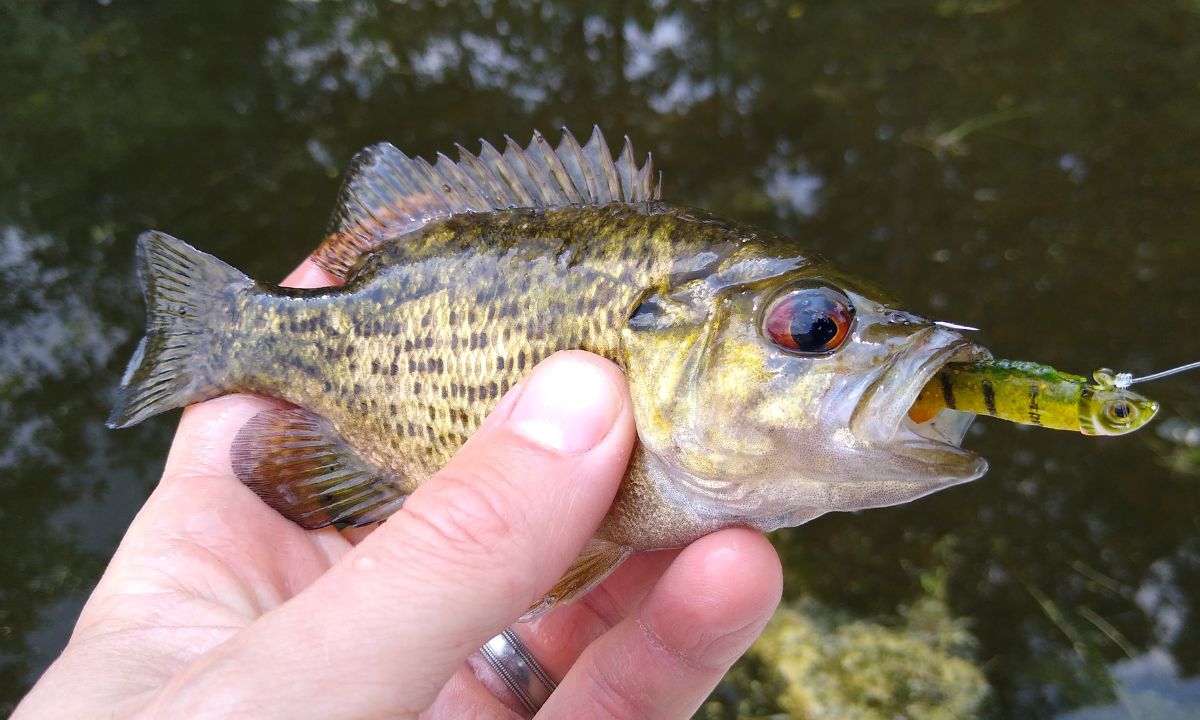Mastering the Art of Glazing Jerky
Jerky is a popular snack loved by many for its savory flavor and chewy texture. While traditional jerky is delicious on its own, glazing it can take the flavor to a whole new level. Whether you prefer sweet, spicy, or tangy flavors, glazing your jerky can elevate the taste and add an extra layer of deliciousness. In this guide, we will explore the art of glazing jerky and provide you with tips to create the perfect glazed jerky at home.
Choosing the Right Glaze
When it comes to glazing jerky, the options are endless. From sweet and sticky to spicy and tangy, there are countless glaze recipes to experiment with. Here are a few popular glaze options to consider:
- Teriyaki Glaze: A classic choice for jerky, teriyaki glaze adds a sweet and savory flavor to the meat.
- Honey Sriracha Glaze: For those who enjoy a bit of heat, a honey sriracha glaze can provide the perfect balance of sweet and spicy.
- Maple Bourbon Glaze: If you’re a fan of rich, smoky flavors, a maple bourbon glaze can add a touch of sophistication to your jerky.
Applying the Glaze
Once you’ve chosen the perfect glaze for your jerky, it’s time to apply it. Here’s a simple step-by-step guide to glazing your jerky:
- Prepare the Jerky: Start with a batch of your favorite homemade or store-bought jerky.
- Brush on the Glaze: Using a pastry brush or basting brush, gently apply the glaze to the surface of the jerky. Make sure to coat each piece evenly for consistent flavor.
- Bake or Dehydrate: If the glaze requires cooking, follow the instructions to bake or dehydrate the jerky until the glaze is set and the meat is perfectly tender.
- Cool and Enjoy: Once the glazed jerky is ready, allow it to cool before indulging in its irresistible flavor.
Tips for Perfect Glazed Jerky
Creating the perfect glazed jerky requires a bit of finesse. Here are some tips to help you achieve jerky perfection:
- Marinate Before Glazing: For maximum flavor, consider marinating the jerky in a complementary sauce or seasoning before applying the glaze.
- Adjust the Sweetness: If your glaze is too sweet, balance it out with a splash of soy sauce or a hint of citrus juice.
- Experiment with Spices: Don’t be afraid to add a pinch of your favorite spices to the glaze for an extra kick of flavor.
- Monitor Cooking Time: Keep a close eye on the jerky as it bakes or dehydrates to prevent the glaze from burning.
With these tips in mind, you’ll be well on your way to mastering the art of glazing jerky. Whether you’re hosting a gathering or simply looking for a delicious snack, glazed jerky is sure to impress with its irresistible flavor and texture. So, grab your favorite glaze and get ready to elevate your jerky game!
For those eager to try their hand at glazing jerky, the guide offers a variety of recipes that promise a burst of flavor. If you're a beef lover, consider starting with Teriyaki Glazed Beef Jerky, which balances savory and sweet perfectly. Poultry fans might enjoy Honey Sriracha Glazed Chicken Jerky for a spicy kick, or Maple Bourbon Glazed Turkey Jerky for a hint of sweetness. For something unique, BBQ Glazed Venison Jerky provides a smoky, hearty taste. Each of these recipes not only teaches the technique of glazing but also showcases how different flavors can transform simple jerky into a gourmet treat.
